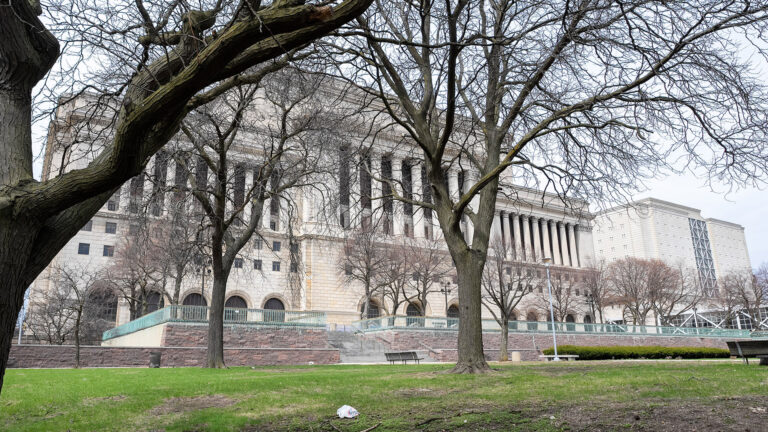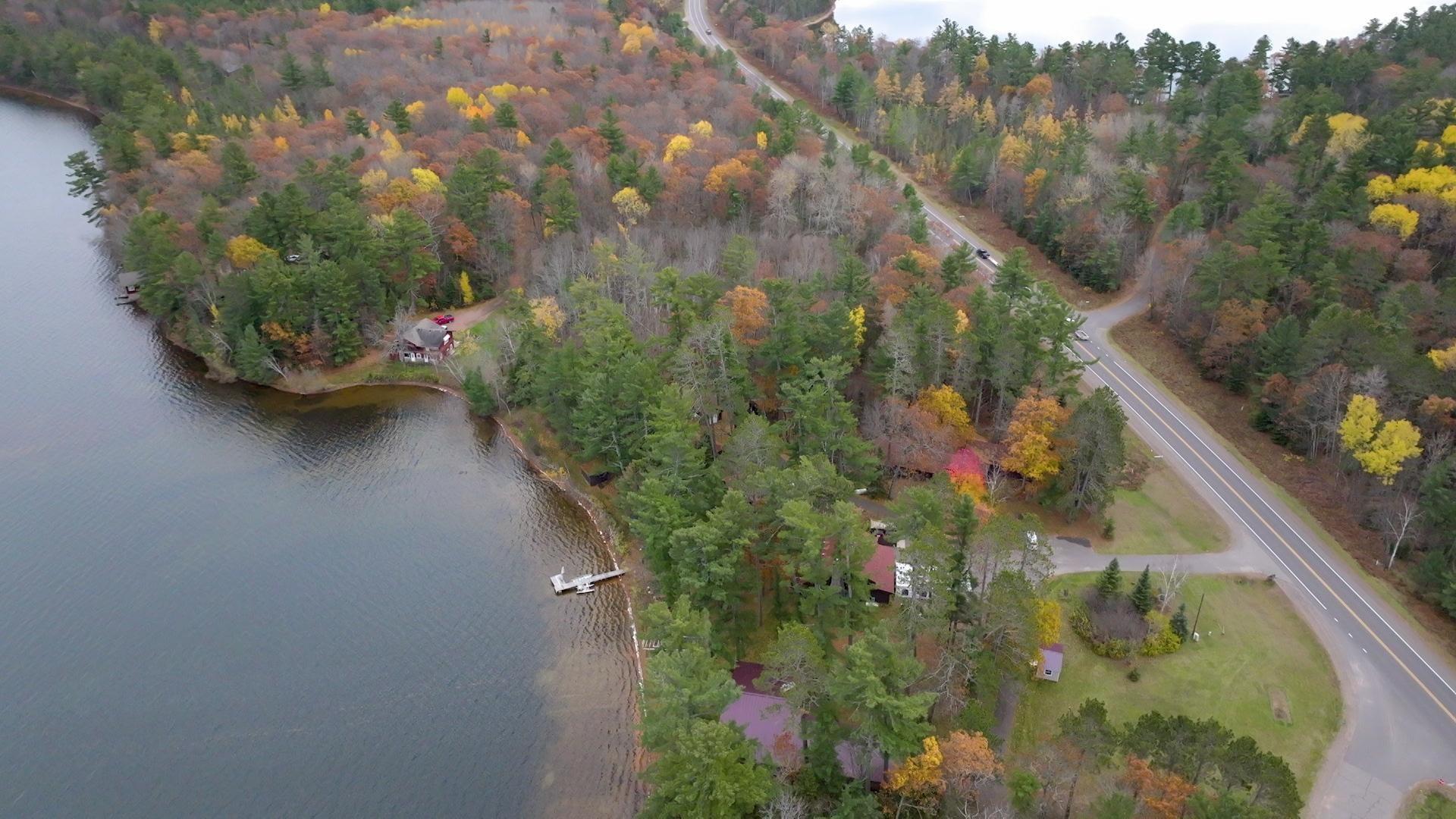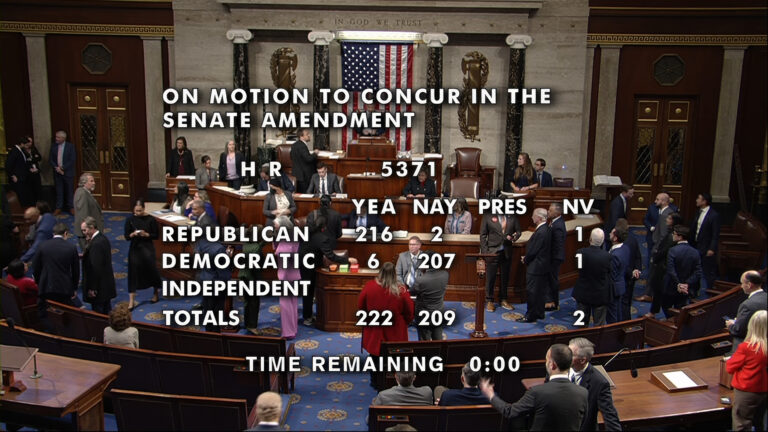Frederica Freyberg:
Turning now to what we are all talking about all the time, the weather. After this long, hard winter in Wisconsin, spring will come. But will it bring flooding and, if so, how bad? The people in the know on that score work for the River Forecast Center at the National Oceanic and Atmospheric Administration. Steve Buan is a hydrologist there who covers the region, including Wisconsin. He joins us now from Minneapolis, and thanks a lot for doing so.
Steve Buan:
Hello, Frederica.
Frederica Freyberg:
So as to that question, will there be flooding this year and, if so, how bad?
Steve Buan:
Well, we’re pretty confident that there will be flooding pretty much statewide to some extent, with especially the northern part of the state really looks to have the most risks for a significant flood.
Frederica Freyberg:
And is that because of the snowpack or what?
Steve Buan:
Well, it’s a combination of a lot of things, but when you’re looking at a spring flood, there’s about five factors that go into that. You look at the – precipitation before the winter. So in the fall what did you have? Statewide in Wisconsin we had average precipitation statewide, slightly above average in the north. Then we look at the winter precipitation, the snow, and we all know that it’s been excessive. In fact, what’s laying on the ground right now in the northern half of the state, say from Green Bay to Hudson, is about four to six inches of water in that snowpack and literally that’s about a June and a half of precipitation sitting on the ground. Even in the south part of the state, two to four inches is a little unusual for this time of the year. And then we look at frost. And we know how cold it’s been this winter. We know that the frost depths in places are much deeper than usual, breaking water lines, freezing water lines, things like that. But also the ambient ground is frozen two to four feet pretty much across the state. And with a soil moisture condition that’s about average, that frost is pretty hard. Therefore ti’s going to inhibit infiltration when the snow does melt. Now let’s look at how is it going to melt and that’s going to play a big part of it. A long, slow drawn-out melt over two to three weeks will minimize the flooding, but we'll probably still see flooding. If we get a rather abrupt melt with a rainfall, oh boy, watch out. We’re going to have enhanced runoff from that frozen ground and all that moisture on the ground in the snow. That’s when we would see the most severe flooding. And that may occur probably, if we see something, in the first two weeks of April.
Frederica Freyberg:
Well, all of that sounds kind of scary, actually, the conditions that you lay out.
Steve Buan:
Yes. And especially parts of the state really haven’t experienced a spring flood in quite a while, especially the southwest part of the state. They’ve been experiencing summer and fall floods with the heavy rainstorms that we’ve seen recently, but they haven’t had a spring flood for about ten years there. So folks better refresh their memory about what happens in a spring flood in that area. A lot of times we see ice jams from abrupt melt. So really you want to protect anything– If you’re a property along a river and it could be affected by ice heating up and coming over the banks, you want to move that property out of the way.
Frederica Freyberg:
Now, in terms of forecasting the rivers, which is what you do, and then obviously you know a whole lot about flooding conditions and that kind of thing. But do you have long-range forecasts going forward for rainfall so that you could tell us whether or not this was going to be a nice, slow melt, or whether or not we’re going to get slammed with some rains?
Steve Buan:
No. Unfortunately, we don’t quite go out that far. Our longest-range forecasts really look out about two weeks and those forecasts are for a brief warmup, but then kind of a return to more seasonal, maybe temperatures just kind of hovering around the freezing part through the bulk of March. We don’t know if we’re going to see that rapid warmup or not. At this point we know people need to prepare for flooding, and then be really ready to execute those plans as we get closer to the point of where we can forecast it looking out. Maybe by the end of the month we’ll be looking into April, and we'll give you an idea then.
Frederica Freyberg:
Briefly, before we close, how do you prepare for flooding?
Steve Buan:
Well, landowners that are along the river, they need to make sure if they have property sitting out there that’s removable, get it moved back up away from the river. Sometimes people leave docks and things that maybe they just quickly put in in the spring. If it’s not far enough away, it may get carried away in flooding. But also, just in general, think about what your travel plans are for that period of time and just be aware that you need to check the forecast for flooding when you’re going to travel, especially in places where you’re unfamiliar. Roads can be closed aburptly.
Frederica Freyberg:
All right. Steve Buan from NOAA, thanks very much.
Steve Buan:
Thanks, Frederica.
Search Episodes
News Stories from PBS Wisconsin

Donate to sign up. Activate and sign in to Passport. It's that easy to help PBS Wisconsin serve your community through media that educates, inspires, and entertains.
Make your membership gift today
Only for new users: Activate Passport using your code or email address
Already a member?
Look up my account
Need some help? Go to FAQ or visit PBS Passport Help
Need help accessing PBS Wisconsin anywhere?

Online Access | Platform & Device Access | Cable or Satellite Access | Over-The-Air Access
Visit Access Guide
Need help accessing PBS Wisconsin anywhere?

Visit Our
Live TV Access Guide
Online AccessPlatform & Device Access
Cable or Satellite Access
Over-The-Air Access
Visit Access Guide
 Passport
Passport


















Follow Us